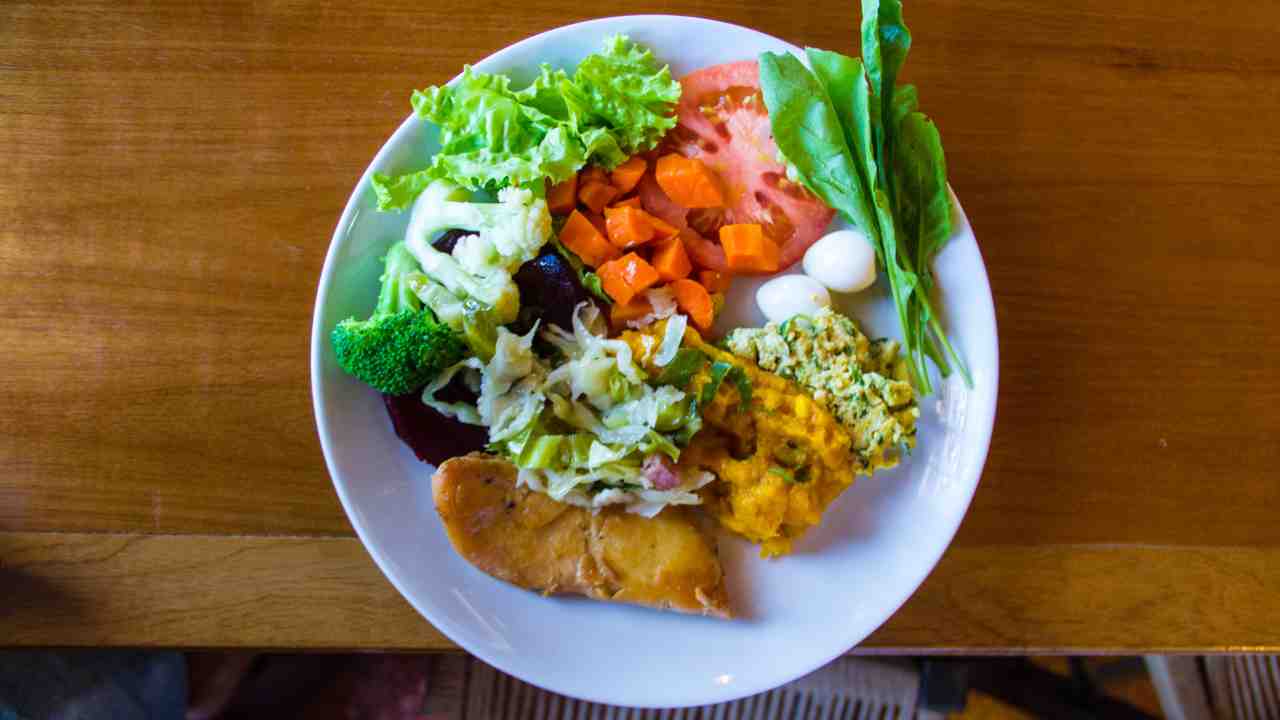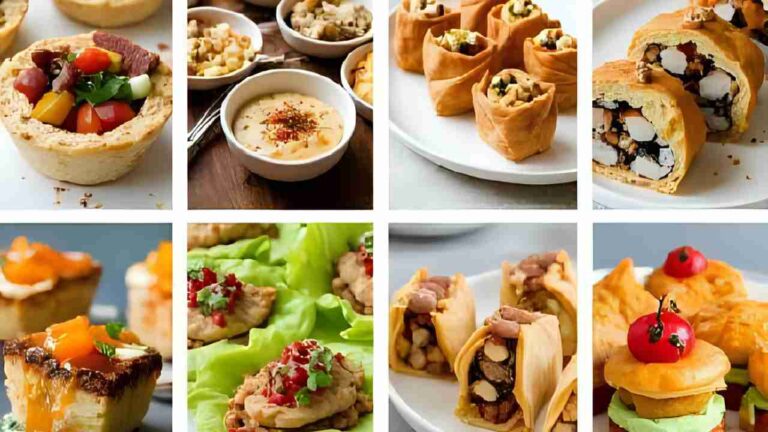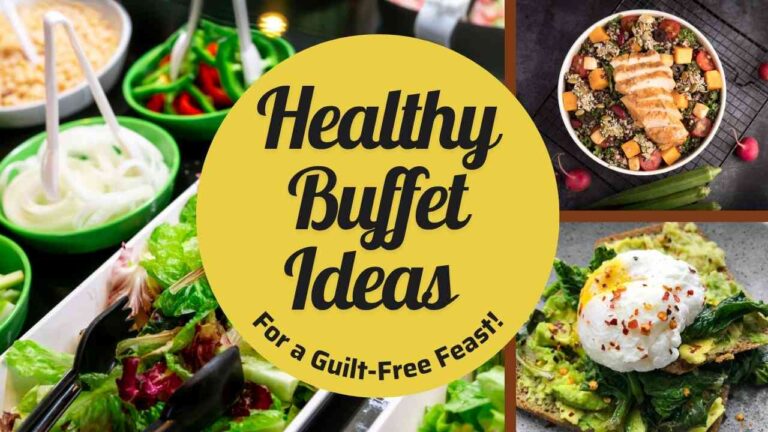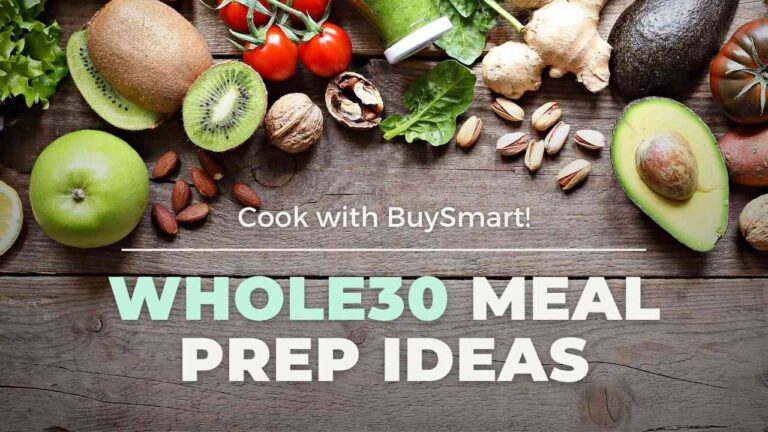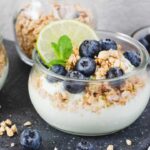Key Takeaways
- Healthy no-cook meals are quick, convenient, and nutritious.
- Focus on fresh produce, lean proteins, and healthy fats.
- Prep ahead to save time and reduce stress.
- Avoid common mistakes like skipping protein or overloading on dressings.
- No-cook meals are cost-effective and perfect for busy lifestyles.
Introduction: Stay Healthy Without Cooking?
Have you ever wondered if it’s possible to eat healthy, delicious meals without spending hours in the kitchen? The answer is a resounding yes! With healthy no-cook meals, you can enjoy nutritious, flavorful dishes that require minimal effort and no cooking at all.
Whether you’re a busy professional, a student, or simply someone who wants to save time, this guide will show you how to stay fit and energized with easy, no-cook recipes.
Why Choose Healthy No-Cook Meals?
The Benefits of No-Cook Meals
- Time-Saving: Skip long hours in the kitchen. Healthy no-cook meals let you whip up dishes in minutes. Perfect for busy schedules or when you’re rushing.
- Nutrient-rich: Raw ingredients keep their vitamins and minerals intact. Cooking can sometimes strip nutrients, but no-cook meals ensure you get the most out of your food.
- Convenient: No stove? No problem! These meals are ideal for hot summer days, small kitchens, or when you’re traveling. Just grab, assemble, and enjoy.
- Cost-effective: Save money on energy bills and kitchen gadgets. Healthy no-cook meals rely on simple tools and fresh, affordable ingredients.
- Versatile: Mix and match ingredients to suit your cravings. From salads to wraps, the possibilities are endless. You’ll never get bored!
Who Are No-Cook Meals For?
- Busy professionals: No time to cook? No-cook meals are your go-to solution for quick, healthy lunches or dinners.
- Students: Dorm room without a kitchen? These meals are perfect for staying nourished without a stove.
- Health-conscious individuals: Focus on fresh, raw ingredients to fuel your body with nutrients.
- Anyone looking to simplify meal prep: If you hate cooking or just want to save time, no-cook meals are your new best friend.
By choosing healthy no-cook meals, you’re not just saving time—you’re embracing a smarter, healthier way to eat!
Ingredients for Healthy No-Cook Meals
Fresh Produce
- Leafy greens (spinach, kale, arugula): Packed with vitamins and minerals, these greens add a fresh, crunchy base to salads and wraps.
- Fresh vegetables (tomatoes, cucumbers, bell peppers): Bright, colorful, and hydrating, these veggies bring flavor and texture to any no-cook dish.
- Fruits (berries, apples, bananas): Sweet, juicy, and nutrient-dense, fruits are perfect for breakfast bowls, snacks, or dessert-inspired meals.
Proteins
- Canned beans (chickpeas, black beans): Ready to eat and loaded with protein and fiber, beans are a hearty addition to salads and wraps.
- Tofu or tempeh: These plant-based proteins are versatile and absorb flavors well, making them ideal for no-cook marinated dishes.
- Greek yogurt or cottage cheese: Creamy and protein-rich, these dairy options are great for parfaits, dips, or savory bowls.
Healthy Fats
- Avocados: Creamy and rich in healthy fats, avocados add a satisfying texture to toast, salads, and wraps.
- Nuts and seeds: Crunchy and nutrient-packed, they’re perfect for topping oatmeal, yogurt, or salads.
- Olive oil: A drizzle of olive oil enhances flavor and provides heart-healthy fats for dressings and marinades.
Grains and Carbs
- Whole grain bread or wraps: A sturdy base for sandwiches and wraps, they’re filling and fiber-rich.
- Quinoa or couscous (pre-cooked): These grains are quick to assemble and add a hearty element to salads or bowls.
- Oats: Perfect for overnight recipes, oats are a wholesome, energy-boosting option for breakfast or snacks.
With these ingredients, you can create endless healthy no-cook meals that are fresh, flavorful, and nourishing!
5 Easy Healthy No-Cook Meal Ideas
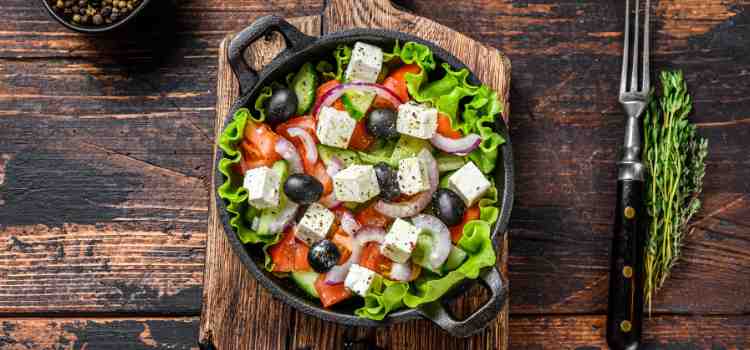
1. Refreshing Greek Salad
Ingredients: Cucumbers, tomatoes, red onions, feta cheese, olives, olive oil, lemon juice.
Why It’s Great: This salad is a powerhouse of vitamins, healthy fats, and fresh flavors. It’s light yet satisfying, making it perfect for lunch or a side dish.
How to Make It:
- Chop cucumbers, tomatoes, and red onions into bite-sized pieces.
- Toss them in a bowl with crumbled feta cheese and olives.
- Drizzle olive oil and lemon juice over the top.
- Mix gently and serve immediately.
Pro Tip: Add a sprinkle of oregano for an authentic Greek flavor.
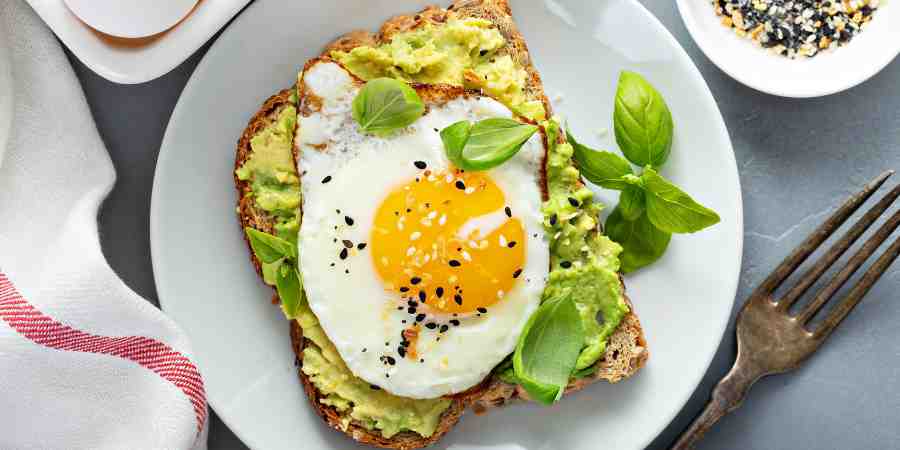
2. Avocado Toast with a Twist
Ingredients: Whole grain bread, avocado, cherry tomatoes, chia seeds.
Why It’s Great: This twist on classic avocado toast is quick, filling, and packed with nutrients. It’s perfect for breakfast or a light snack.
How to Make It:
- Toast a slice of whole grain bread until crispy.
- Mash half an avocado and spread it evenly on the toast.
- Slice cherry tomatoes and place them on top.
- Sprinkle chia seeds for an extra crunch and nutrient boost.
Pro Tip: Add a pinch of salt and pepper or a dash of hot sauce for extra flavor.
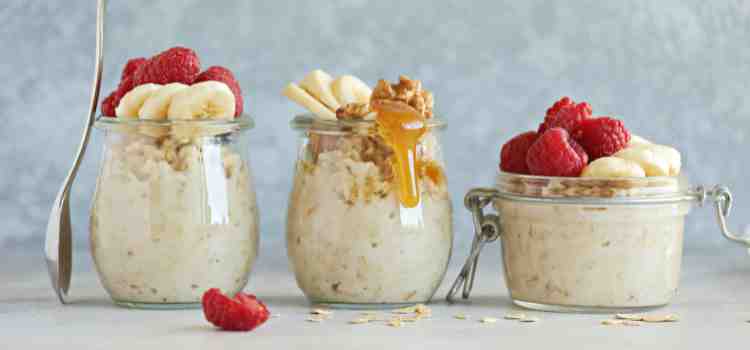
3. No-Cook Overnight Oats
Ingredients: Rolled oats, almond milk, chia seeds, honey, fresh berries.
Why It’s Great: Overnight oats are a no-fuss, make-ahead breakfast that’s creamy, delicious, and loaded with fiber and antioxidants.
How to Make It:
- In a jar or bowl, combine rolled oats, almond milk, and chia seeds.
- Stir in a teaspoon of honey for sweetness.
- Cover and refrigerate overnight.
- In the morning, top with fresh berries and enjoy.
Pro Tip: Add a spoonful of nut butter or a handful of nuts for extra protein.
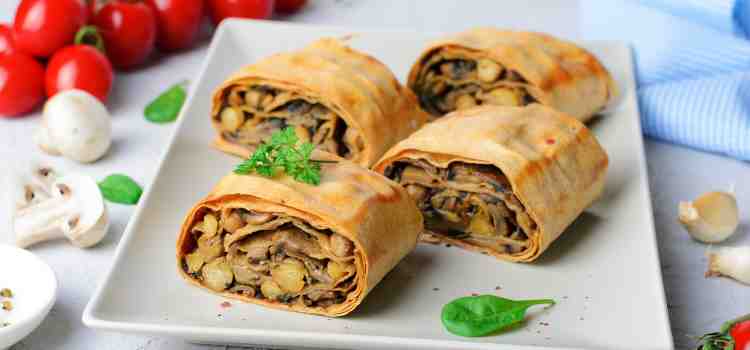
4. Chickpea Salad Wraps
Ingredients: Canned chickpeas, Greek yogurt, celery, whole grain wraps.
Why It’s Great: These wraps are high in protein and fiber, making them a filling and nutritious option for lunch or dinner.
How to Make It:
- Drain and rinse canned chickpeas, then mash them lightly with a fork.
- Mix in Greek yogurt and finely chopped celery for crunch.
- Spread the mixture onto a whole grain wrap.
- Roll it up tightly and slice in half for easy eating.
Pro Tip: Add a handful of spinach or arugula for extra greens.
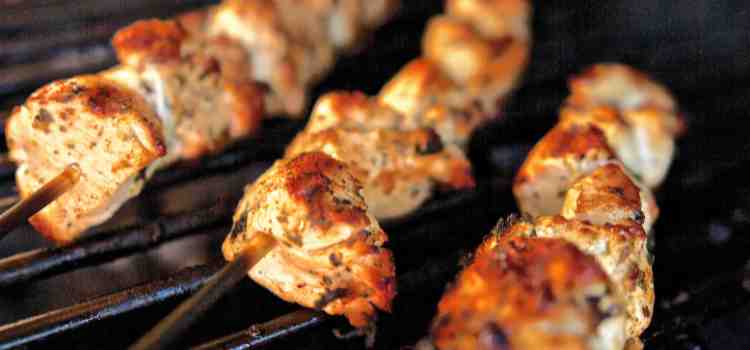
5. Caprese Skewers
Ingredients: Cherry tomatoes, mozzarella balls, basil leaves, balsamic glaze.
Why It’s Great: These skewers are a light, flavorful appetizer or snack that’s easy to assemble and perfect for entertaining.
How to Make It:
- Thread cherry tomatoes, mozzarella balls, and fresh basil leaves onto skewers.
- Drizzle with balsamic glaze just before serving.
- Arrange on a platter and enjoy!
Pro Tip: Use toothpicks for mini skewers or bamboo sticks for a party-friendly presentation.
Table: Overview of No-Cook Recipes
| Recipe | Prep Time | Key Benefits | Best For |
| Greek Salad | 10 mins | Rich in vitamins, healthy fats | Lunch or side dish |
| Avocado Toast | 5 mins | Quick, filling, nutrient-packed | Breakfast or snack |
| Overnight Oats | 5 mins | High in fiber, make-ahead convenience | Breakfast |
| Chickpea Salad Wraps | 10 mins | High protein, portable | Lunch or dinner |
| Caprese Skewers | 10 mins | Light, flavorful, easy to serve | Appetizer or snack |
How to Build a Balanced No-Cook Meal
- Step 1: Start with a Base: Choose leafy greens like spinach or kale for salads, or whole grains like quinoa or oats for bowls. These provide fiber and keep you full longer.
- Step 2: Add Protein: Incorporate protein-rich foods like beans, tofu, or Greek yogurt. Protein helps repair tissues and keeps your energy levels steady throughout the day.
- Step 3: Include Healthy Fats: Add healthy fats like avocado, nuts, or a drizzle of olive oil. These fats support brain health and keep your heart strong.
- Step 4: Top with Flavor: Finish with herbs, spices, or a light dressing. These add a burst of flavor without extra calories, making your meal delicious and satisfying.
By following these steps, you can create healthy no-cook meals that are balanced, nutritious, and full of flavor!
Table: No-Cook Meal Plan for a Day
| Meal | Recipe | Calories |
| Breakfast | Overnight Oats with Berries | 300 |
| Lunch | Greek Salad with Chickpeas | 400 |
| Snack | Caprese Skewers | 200 |
| Dinner | Avocado and Tomato Wrap | 350 |
| Dessert | Dark Chocolate and Almonds | 150 |
Tips for Storing No-Cook Meals
- Use Airtight Containers: Store your meals in airtight containers to lock in freshness and prevent spills. This keeps ingredients crisp and flavorful for days.
- Prep in Advance: Chop veggies, cook grains, or marinate proteins ahead of time. Prepping in advance saves you time and makes assembling meals quick and easy.
- Keep Dressings Separate: Store dressings in small containers or jars. Add them just before eating to keep salads and wraps from getting soggy.
- Label and Date: Label containers with the meal name and date. This helps you track freshness and reduces food waste.
With these tips, your healthy no-cook meals will stay fresh, tasty, and ready to enjoy whenever you are!
Common Mistakes to Avoid
- Skipping Protein: Don’t forget to add protein like beans, tofu, or yogurt. Protein keeps you full, supports muscle repair, and balances your meal.
- Overloading on Dressings: Use dressings sparingly. Too much can add unnecessary calories and fat. Opt for light options like lemon juice or a drizzle of olive oil.
- Ignoring Portion Sizes: Even healthy foods can lead to overeating. Measure portions to avoid consuming too many calories while still enjoying your healthy no-cook meals.
By avoiding these mistakes, you’ll create meals that are both nutritious and satisfying!
Conclusion: No-Cook Lifestyle
Healthy no-cook meals are more than just a trend—they’re a game-changer for busy lives. These meals save time, keep you energized, and are packed with nutrients. From refreshing Greek salads to creamy overnight oats, the options are endless and delicious.
By using fresh produce, lean proteins, and healthy fats, you can create balanced meals without ever turning on the stove. Prep ahead, store smartly, and avoid common mistakes like skipping protein or overloading on dressings.
Whether you’re a busy professional, a student, or just someone who wants to eat well, healthy no-cook meals make it easy. They’re cost-effective, convenient, and perfect for any season.
So, why not give it a try? Your body will feel nourished, and your schedule will thank you. Start today and discover how simple, healthy eating can be!
FAQs (Frequently Asked Ques)
You can eat healthy without cooking by focusing on fresh, whole foods like salads, raw veggies, fruits, nuts, yogurt, and pre-cooked grains. Opt for healthy no-cook meals like wraps, overnight oats, or smoothies.
The healthiest dinner includes lean protein (like grilled chicken or tofu), whole grains (quinoa or brown rice), and plenty of veggies. A balanced plate keeps you full and nourished.
Yes! You can stay healthy without cooking by choosing raw, nutrient-dense foods like salads, fresh fruits, nuts, and pre-cooked proteins. Just focus on variety and balance.
Foods like salads, sandwiches, overnight oats, yogurt parfaits, and fruit bowls require no cooking. Use fresh produce, canned beans, and pre-cooked grains for quick, healthy options.
Yes, but it requires careful planning. A raw food diet can work if you include enough variety—think fruits, veggies, nuts, seeds, and sprouted grains—to meet all nutritional needs.
A balanced diet includes proteins (beans, tofu, eggs), carbs (whole grains, fruits), healthy fats (avocado, nuts), and vitamins/minerals (veggies, fruits). Variety and moderation are key!
